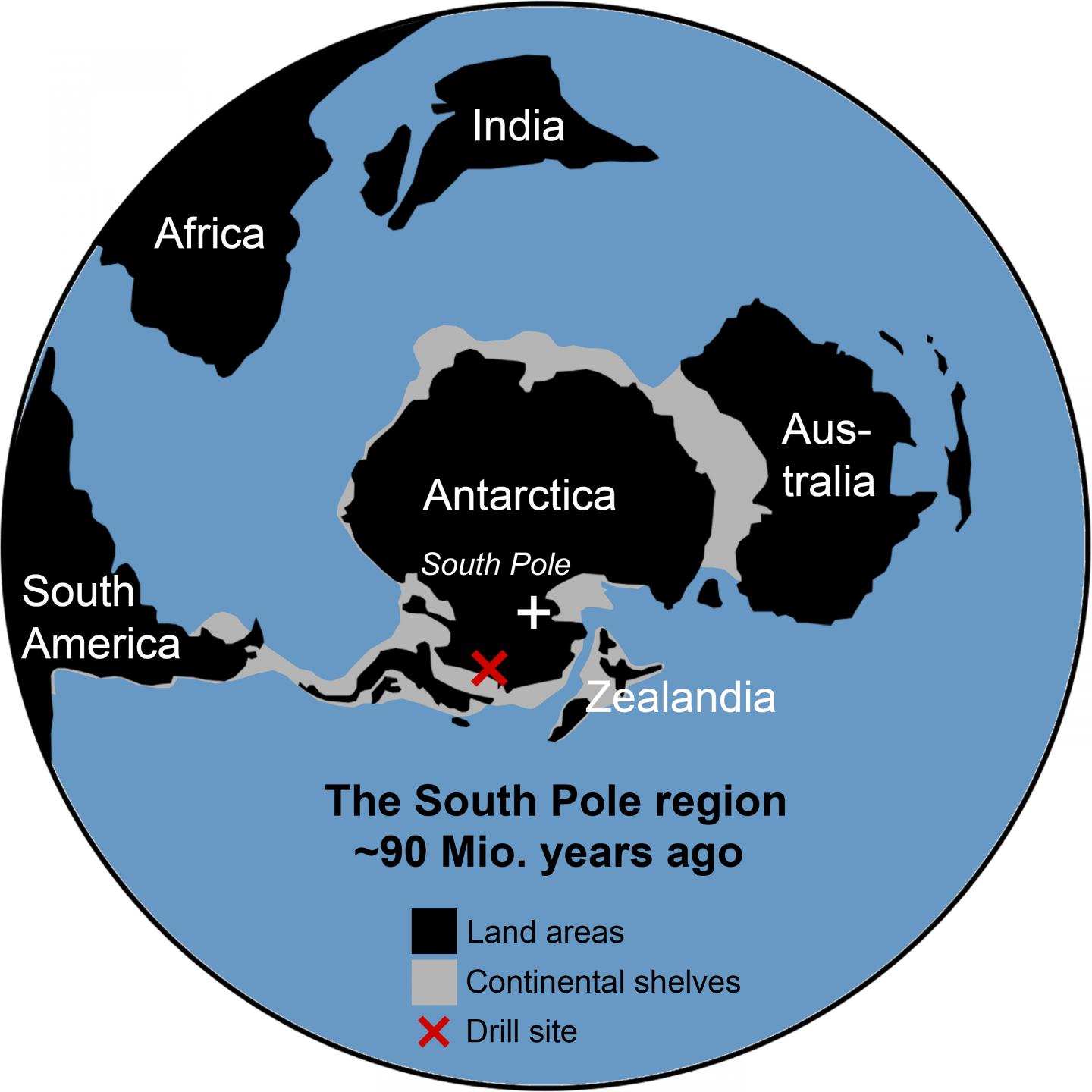A mere 90 million years ago, Antarctica was a radically different place. Instead of being a polar desert characterized by colossal ice sheets and glaciers, it may have been a swampy land of rainforests dominated by ferns and conifer trees.
Scientists from the Alfred Wegener Institute in Germany and Imperial College London came across some convincing evidence of this back in 2020 when they drilled a core sample in West Antarctica around 900 kilometers (559 miles) away from the South Pole.
At approximately 90 million years old, the sample of ancient soil was rich in preserved roots, pollen, and spores, indicating that the continent was once abundant in plant life.
The discovery was especially surprising since Antarctica has winters of total darkness, meaning the Sun doesn’t grace the continent for four months at a time. Despite this, a wealth of plant life was seemingly able to thrive here.
“The preservation of this 90-million-year-old forest is exceptional, but even more surprising is the world it reveals. Even during months of darkness, swampy temperate rainforests were able to grow close to the South Pole, revealing an even warmer climate than we expected,” Professor Tina van de Flierdt, study co-author from the Department of Earth Science and Engineering at Imperial, said in a statement in 2020.

Map of the drill site and how the continents were arranged 90 million years ago.
The researchers believe that the average temperatures back then were around 12 °C (54 °F) and the region harbored a temperate rainforest, not dissimilar to those found in New Zealand today.
This period, the mid-Cretaceous, was the hottest period in the past 140 million years. Sea levels were also extremely high, with the ocean being around 170 meters (558 feet) higher than it is today.
The Cretaceous Period (145 to 66 million years ago) is also known as a heyday for dinosaurs, as it was a time when many diverse species thrived, including iconic groups like Tyrannosaurus and Triceratops.
Dinosaurs even lived in Antarctica around this time. In recent years, palaeontologists have discovered a treasure trove of dinosaur fossils on the continent. It’s equally unsure how large animals managed to live through the 4-month polar nights, although they might have migrated in the winter or developed some other survival mechanisms.
Today, Antarctica isn’t famous for its rich plant life – although that might be starting to change.
Just two species of vascular plants are native to the region: Antarctic hair grass and Antarctic pearlwort. The two plants have become increasingly common in the past couple of years due to rising temperatures. Furthermore, the continent has been invaded by over 100 other plant species that are not native, including lawn grass.
Since the South Pole is still dominated by giant ice sheets, it is difficult to imagine it returning to a lush forest – and that is still unlikely to occur any time soon, despite its recent warming trend. However, all of this should serve as a reminder that very few things remain unchanged for long on planet Earth.
Source Link: 90 Million Years Ago, Antarctica Had A Lush Rainforest And Dinosaurs